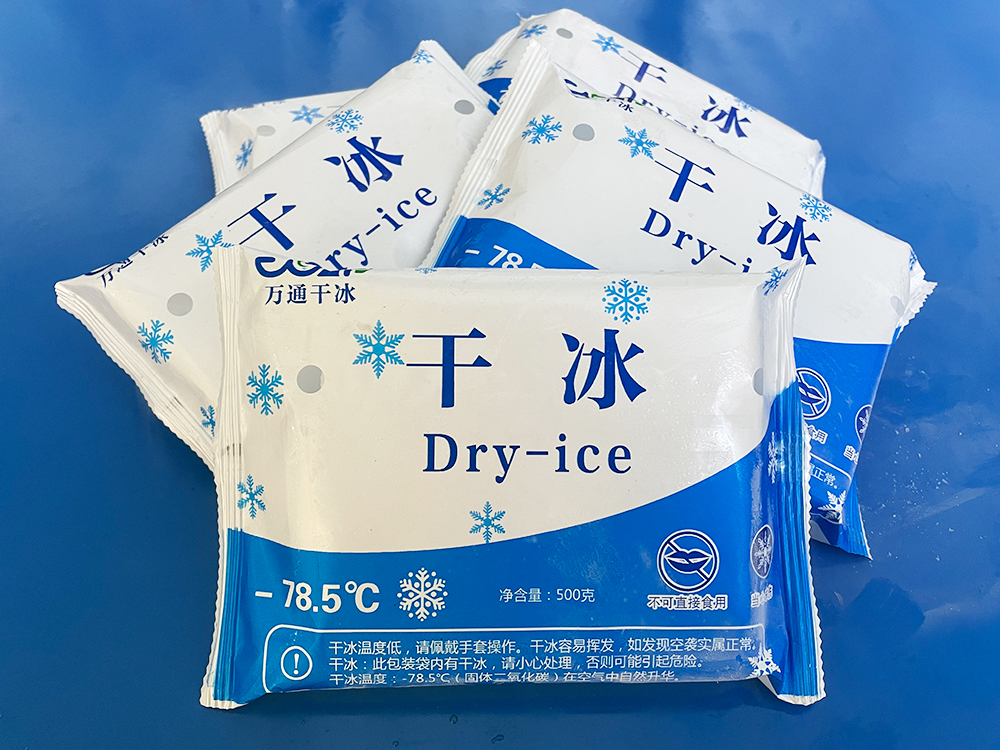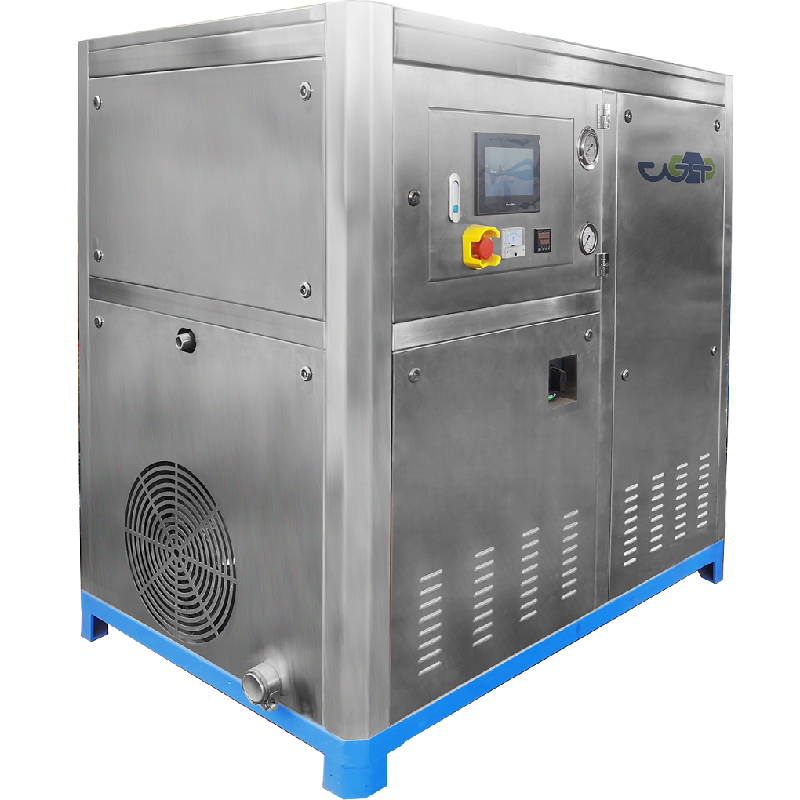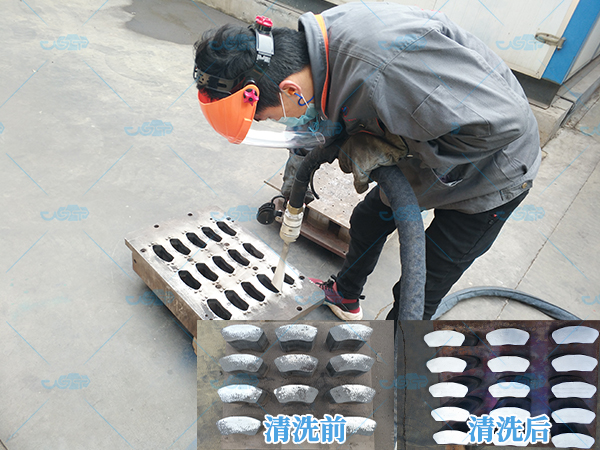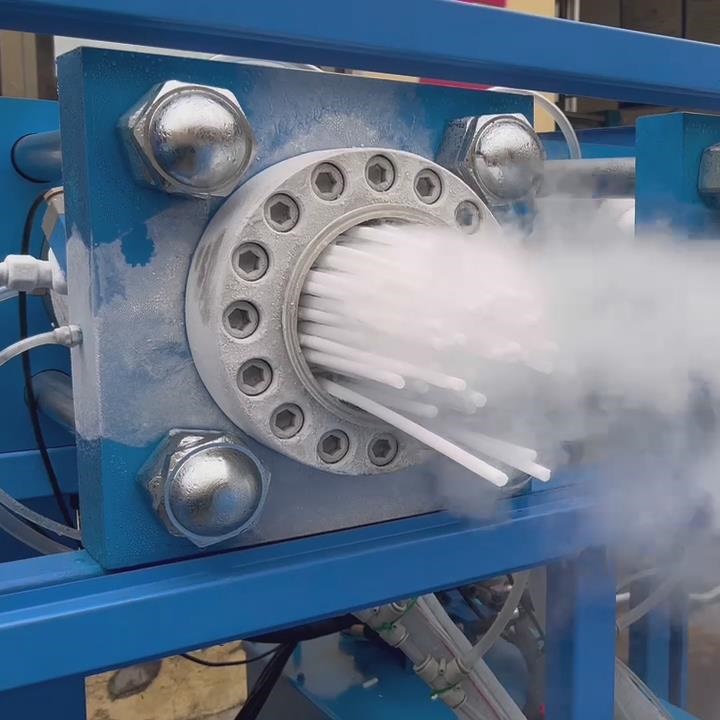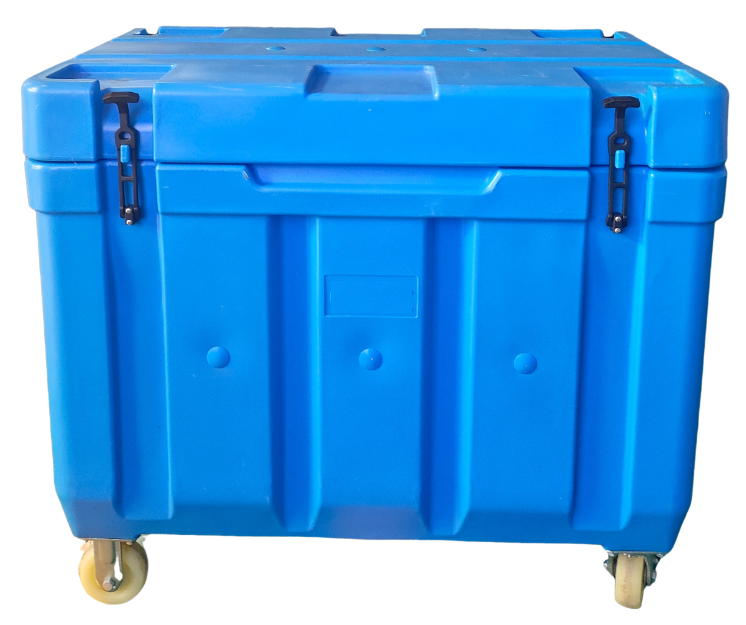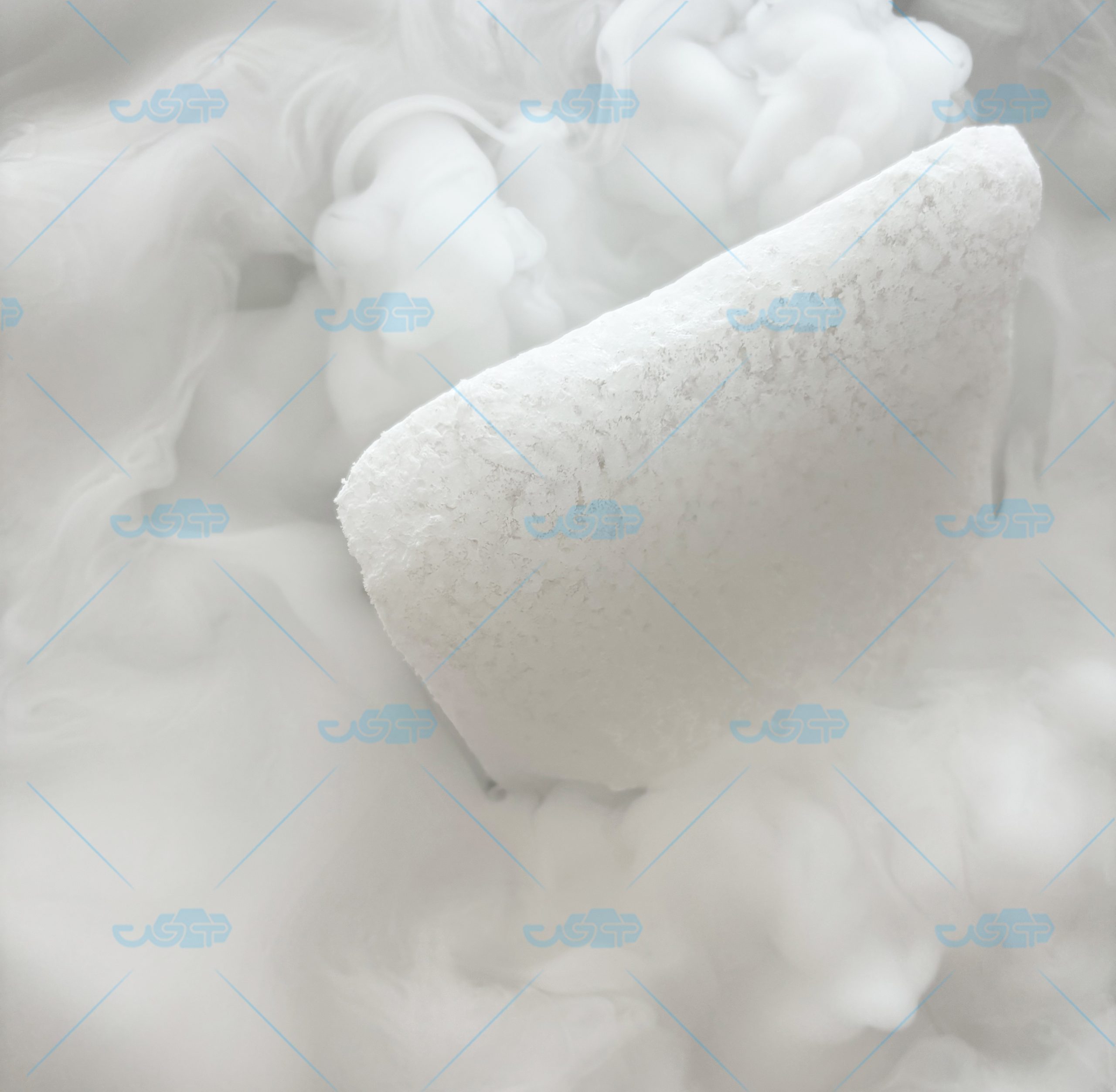In some special scenarios, dry ice seems to have the ability to “summon wind and rain”. Dry ice is actually solid carbon dioxide, which has an extremely low temperature and rapidly sublimates at room temperature and pressure, directly transforming from solid to gas.
When dry ice is sprayed into clouds, it sublimates and absorbs heat, causing a sharp drop in the temperature of the surrounding air and resulting in the rapid condensation of water vapor into small water droplets or ice crystals. These small water droplets or ice crystals gather together to form clouds. As water droplets and ice crystals in the clouds continue to increase and grow, they fall down and turn into rainfall when the buoyancy of the air cannot support them. Dry ice often plays a key role in artificial rainfall enhancement operations in arid areas, helping to alleviate drought conditions.
So strictly speaking, dry ice itself cannot summon wind and rain out of thin air, but with its unique physical properties and the assistance of suitable meteorological conditions, it can become a powerful “assistant” in promoting rainfall, playing a wonderful role in human response to climate change, ensuring agricultural water supply, and many other aspects.

Dry ice cleaning machine solves the problem of industrial cleaning
The automotive circuit is one of the most important parts


